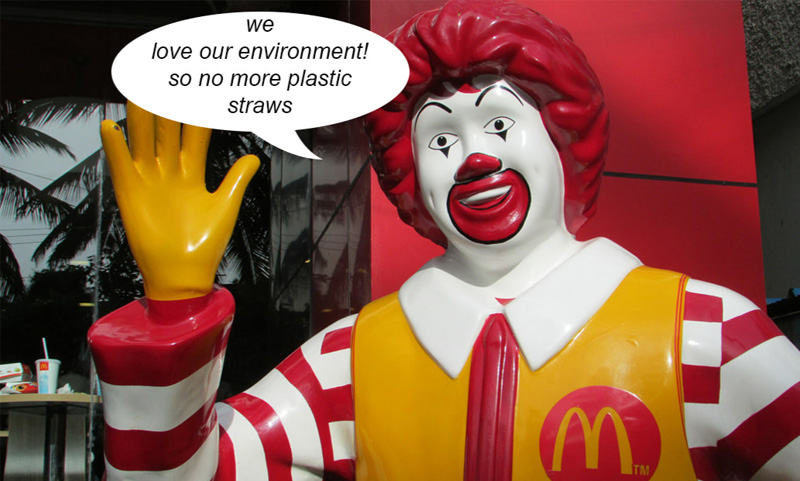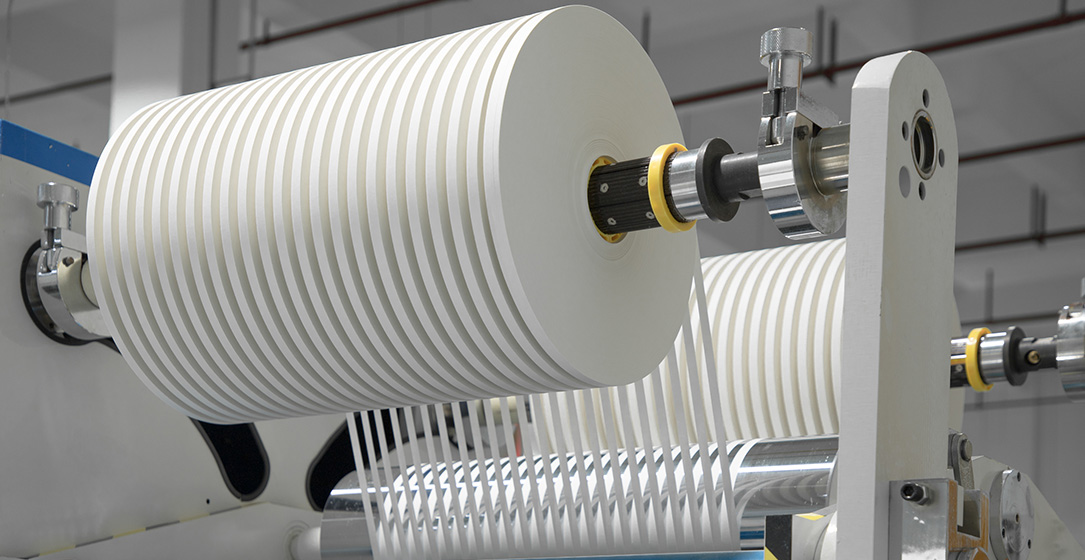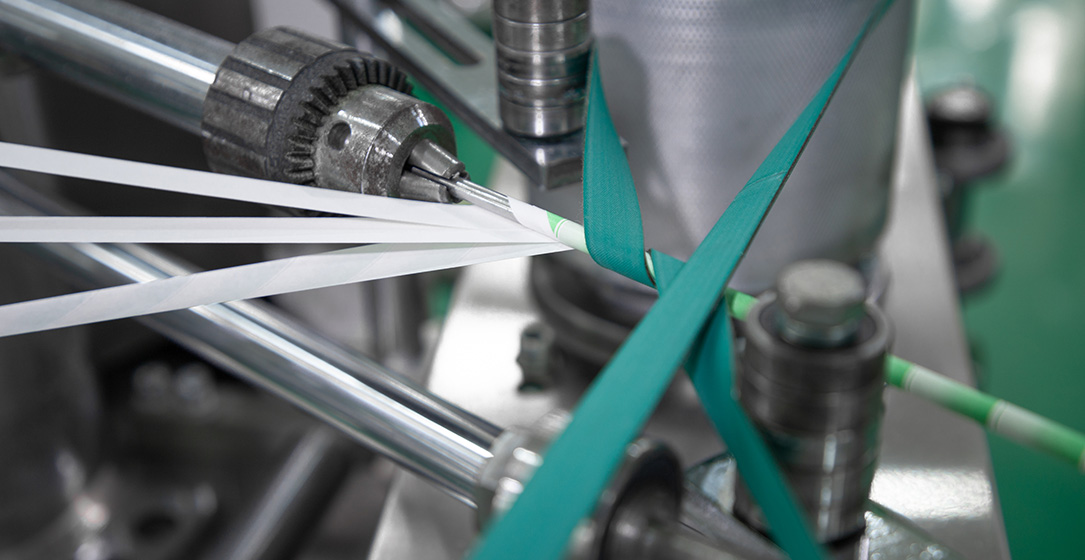
Introduction:
In the vibrant world of paper decorations, the seamless coordination between production and sales is essential for success. While production ensures the creation of high-quality and captivating paper decorations, sales efforts bring these creations to the hands of consumers. In this blog, we delve into the symbiotic relationship between production and sales in the paper decoration industry, exploring how each aspect complements the other to drive growth and profitability.
The Production Process:
The production of paper decorations is a meticulous and intricate process that requires skill, creativity, and attention to detail. From sourcing materials to assembly, each step in the production process contributes to the creation of stunning and unique paper decorations.
Material Sourcing: The production process begins with the sourcing of high-quality materials such as paper, ink, adhesives, and embellishments. Manufacturers carefully select suppliers and materials that meet their quality standards and design requirements.
Design and Printing: Once materials are sourced, designers work on creating captivating designs that resonate with the target audience. Advanced product technology allows for intricate designs and vibrant colors to be reproduced with precision and clarity.
Cutting and Shaping: After the designs are finalized, the paper is cut and shaped using specialized equipment such as die-cutting machines or laser cutters. Precision is key during this stage to ensure that each piece is uniform and aesthetically pleasing.
Assembly and Finishing: The final step in the production process involves assembling the various components of the paper decorations and adding finishing touches such as ribbons, strings, or embellishments. Attention to detail is paramount to ensure the finished product meets quality standards and exceeds customer expectations.
The Sales Process:
Once paper decorations are produced, the focus shifts to sales efforts to bring these creations to market and generate revenue. The sales process involves various strategies and tactics to promote, distribute, and sell paper decorations to consumers.
Marketing and Promotion: Effective marketing and promotion are essential for generating awareness and interest in paper decorations. This may involve digital marketing efforts such as social media advertising, email campaigns, and influencer partnerships, as well as traditional marketing channels such as print ads, trade shows, and events.
Distribution and Retail: Paper decorations may be sold through various distribution channels, including online retailers, brick-and-mortar stores, specialty boutiques, and craft fairs. Manufacturers must identify the most effective distribution channels for reaching their target audience and maximizing sales opportunities.
Customer Engagement: Building strong relationships with customers is crucial for driving repeat business and fostering loyalty. This may involve providing exceptional customer service, offering personalized recommendations, and soliciting feedback to continuously improve products and services.
Sales Strategies:
Several sales strategies can be employed to maximize the effectiveness of sales efforts in the paper decoration industry:
- Targeted Marketing Campaigns: Tailoring marketing campaigns to specific customer segments and occasions can increase relevance and engagement. For example, targeting brides-to-be with wedding-themed paper decorations or parents with children's party decorations.
- Cross-Selling and Upselling: Offering complementary products or upgrades can increase the value of each sale and encourage customers to purchase additional items. For example, offering matching table runners or centerpieces alongside paper decorations for a cohesive look.
- Seasonal Promotions: Leveraging seasonal trends and holidays to offer special promotions or discounts can drive sales and create urgency for purchasing. For example, offering discounts on Christmas-themed paper decorations during the holiday season.
- Customer Loyalty Programs: Implementing customer loyalty programs can incentivize repeat purchases and reward loyal customers. This may involve offering discounts, exclusive access to new products, or special perks for VIP customers.
- Collaborations and Partnerships: Collaborating with other businesses or influencers can expand reach and exposure for paper decorations. For example, partnering with event planners, wedding venues, or lifestyle bloggers to promote paper decorations to their audience.
Conclusion:
In conclusion, the symbiotic relationship between production and sales is essential for success in the paper decoration industry. While production ensures the creation of high-quality and captivating paper decorations, sales efforts bring these creations to market and generate revenue. By aligning production and sales efforts, leveraging effective marketing and promotion strategies, and implementing targeted sales tactics, businesses can maximize sales opportunities, drive growth, and achieve success in the competitive landscape of paper decoration production.

















